UCI issues communiqué lays out tech rules for Tour de France
Rules clarified on short notice
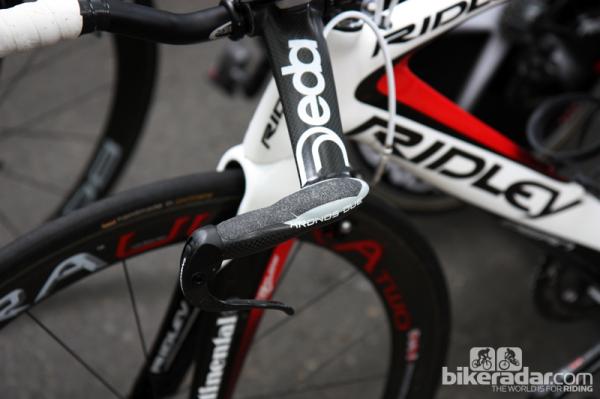
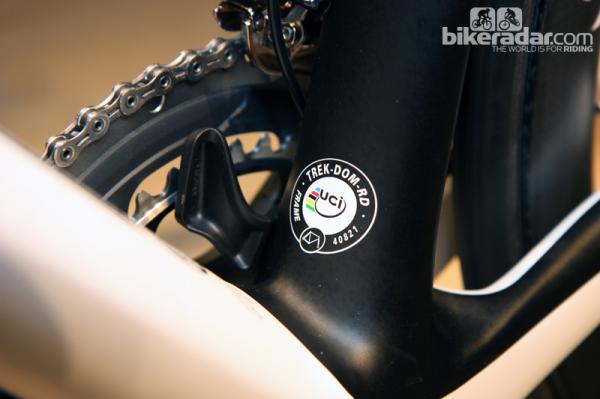
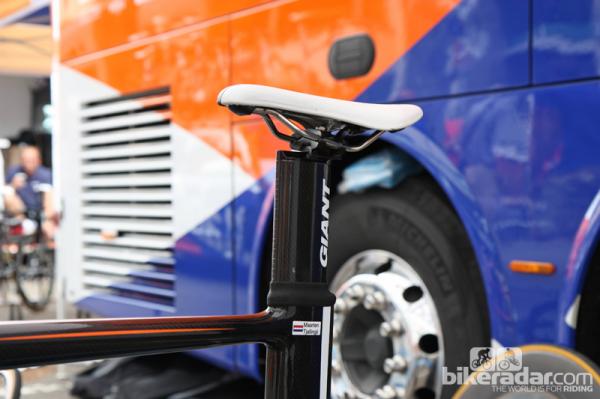
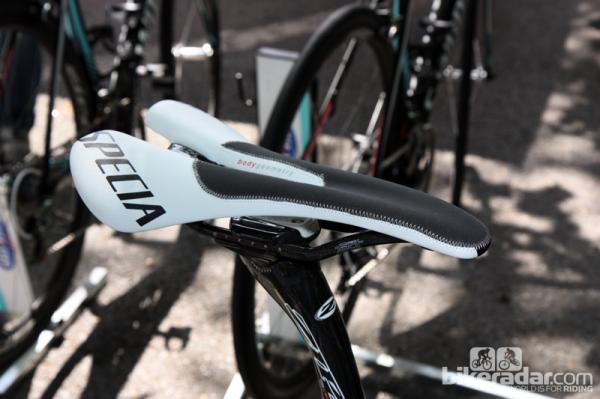
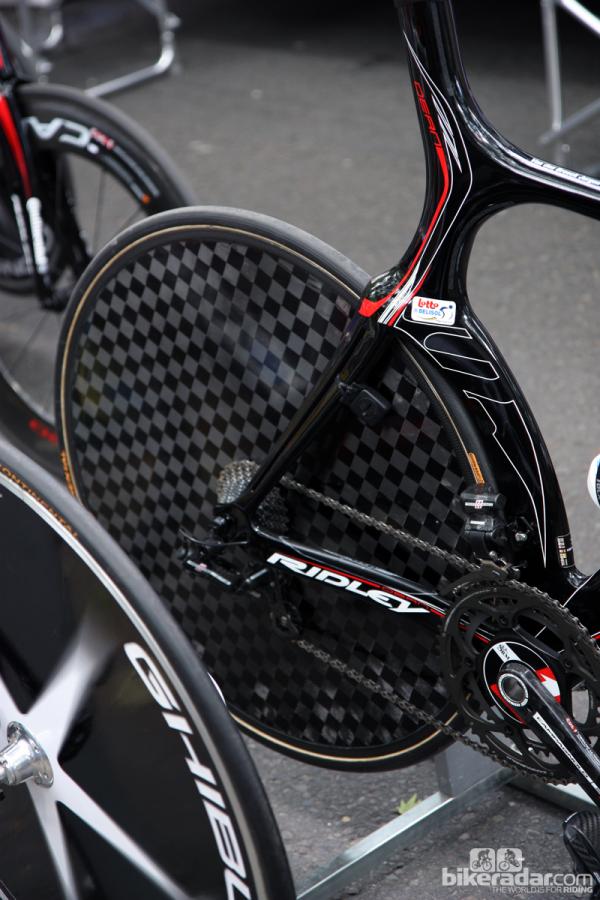
This article first appeared on BikeRadar.
Teams competing at the Tour de France received a communiqué from UCI technical coordinator Julien Carron just two weeks before the start of the race, outlining a number of "clarifications" that the sport's governing body threatened to enforce. BikeRadar obtained a copy of the letter and it's certainly an interesting read:
From: Carron Julien - UCI
Sent: Monday, June 18, 2012 7:48 AM
To: Undisclosed recipients:
Subject: Recommandations [sic] for the Tour of France 2012
Dear Teams,
First off, there's the issue of the timing. Even assuming the rule clarifications are justified and logical, June 18 doesn't leave teams sufficient time to make necessary adjustments, especially for rule changes that represent a substantial change from the status quo. Ideally, the UCI should lay out the rules - in very clear, concise wording and preferably in commonly accepted, non-arbitrary engineering terms - at the very end of the season so that teams, riders, and sponsors can use the off-season to prepare. Dropping this sort of notice on teams less than two weeks before the most important event of the year doesn't make much sense.
Second, hydration systems? And if the UCI is (perhaps rightfully so) concerned about how one might affect a rider's aerodynamics during a time trial, how is one to distinguish between a system that's specifically designed to improve a rider's drag numbers versus one that is meant only to hold fluid but just happens to make someone faster? Is there a difference? There are no specific guidelines mentioned here, leaving it to the sole, subjective discretion of the commissaire on site to make the call.
2. It is essential that the equipment used in competition meets the prevailing quality and safety standards for bicycles. Mechanics and riders should also be aware of the international safety standards that applies to cycling equipment. They should refer to these standards before modifying or adjusting any bicycle component. Moreover, modifying equipment used in competition in relation to products supplied by the manufacturer is prohibited for obvious safety reasons. Whether it is a matter of modifying the length of the saddle, adapting approved wheels, filing off fork drop-out safety lugs, meeting the 3:1 rule by adding tape to handlebars or adding a nonslip system on the saddle, no modification of equipment that is not conducted by the manufacturer is authorised by the UCI without prior approval. The check of the filing off of fork drop-out safety lugs will start in 2013.
Get The Leadout Newsletter
The latest race content, interviews, features, reviews and expert buying guides, direct to your inbox!
This statement is quite vague to say the least. Rather than decree that equipment must meet "prevailing" standards, why not just say which standards should be met? CE? CEN? CPSC? Ideally, the UCI and manufacturers should agree which set of standards should be used such that everyone is on the same page and there's no ambiguity. If it passes standard 'X', you're good to go.
In addition, what exactly comprises a "modification"? This section declares that filing pieces off of a molded or forged part is the same as adding layers of tape to adjust a handlebar's cross-section. The specific mention of "nonslip systems" on saddles is particularly vexing. Safety is one thing (then again, we can't recall ever seeing a wheel self-eject during the Tour de France due to an improperly secured skewer) but actively preventing riders from staying in place on their saddles during a time trial seems like the exact opposite. At least the dropout rule won't be enforced until 2013 – and that's assuming all of the teams decide to play along.
3. By virtue of Articles 1.3.004 and 1.3.005 of the UCI Regulations and the Lugano Charter, the UCI has decided to no longer tolerate the presentation of technical innovations in competition as faits accomplis without such innovations being submitted and approved by the UCI in advance, as has all too frequently been the case in the past. Please do not use prototypes or any other innovations that have not been approved by the UCI in advance.
Sorry to break it to you, UCI, but we still see equipment that would qualify as "prototype" although the understanding we have from teams is that this is mostly in reference to framesets. That being said, if your commissaires do find something, what's the consequence? If something that hasn't been approved is found after the race, are you going to disqualify that rider?
4. To clarify the situation and the possible confusions regarding the positioning of the bottles until the article 1.3.0024 bis comes into force in 2013, the Equipment Unit of the UCI decided to allow the bottles positioned behind the saddle that are not integrated to the saddle, the seat post or the frame. Moreover, the Optima saddle from Selle Italia is allowed even if the bottle cage is integrated to the saddle as this model was approved as technical innovation in 2009. However, this system will not be allowed with a cover; only with a bottle or nothing.
5. Following the introduction of the approval process for the frames and forks in 2011, the conformity of the approved models will be verified for the first time during the Tour of France 2012 with a 3D scanning system. Some checks can also be done on older models to verify their compliance with the UCI regulations. The checks will take place according to the following procedure:
- At the finish of the race, a designated Commissaire will mark the bikes that will be checked with an inviolable tag fitted with a bar code.
- The check will take place at the hotel of the teams after the race between 7 pm and 9 pm; the aim beeing [sic] to disturb the teams as little as possible as performing an effective control.
- Thank you to quickly make the bicycles available to the Equipment Unit of the UCI at the time of the check.
- The checks will occur after the 8th and 9th stages. In the future, the dates of the checks will not be communicated.
- All the tagged bicycles will not be inevitably checked. If this should be the case, the concerned teams will be informed about the cancellation of the check by the President of the Commissaires Panel.
We're not even sure where to start for this one. The UCI's intent here is admirable: use an objective (laser-based?) scanning system to determine that a bike meets dimensional guidelines such that commissaire error can be taken out of the equation. However, the UCI's own rules that dictate when that line is crossed are vague at best and it's unclear how something that's ambiguous gets translated into computer code.
Second, we'll be utterly shocked if anything fails this test. Frames already have to be submitted to the UCI as it is (remember those fancy decals?) so anything else that could possibly be in violation can easily be fixed before the test is conducted. In other words, the UCI is checking things that they have theoretically already approved but otherwise, they're practically telling teams to cheat as long as they fix it before they come and check.
Third, the 7-9 pm time window isn't going to work consistently. Many stages in the big Grand Tours finish in remote locations and there are often long transfers, meaning teams sometimes don't even get back to the hotel until relatively late at night. Moreover, mechanics have jobs to do. Let them do it.
Thank you very much for your attention to these instructions. I would once again like to remind you that you should not hesitate to contact the commissaires in the event of any problem or doubts regarding equipment. For more detailed information regarding the technical regulation of the UCI, please take a close look at the document in attached file.
In fairness, the UCI is to be respected for its desire to keep the sport a competition between athletes, not machines. However, once again the rules that are intended to help govern the equipment that's used raise as many questions as answers. Either way, the goal of the UCI should be to govern cycling in a fair and reasonable fashion, not stifle the innovations that allow companies to pour money into the very sport that pays that group's wages and overly complicate the everyday activities of its participants.
We're all in this together, folks. Isn't it time to play nicely?
[Editor's note: We contacted the UCI several days before this report was filed and did not receive a reply by the time this was published.]